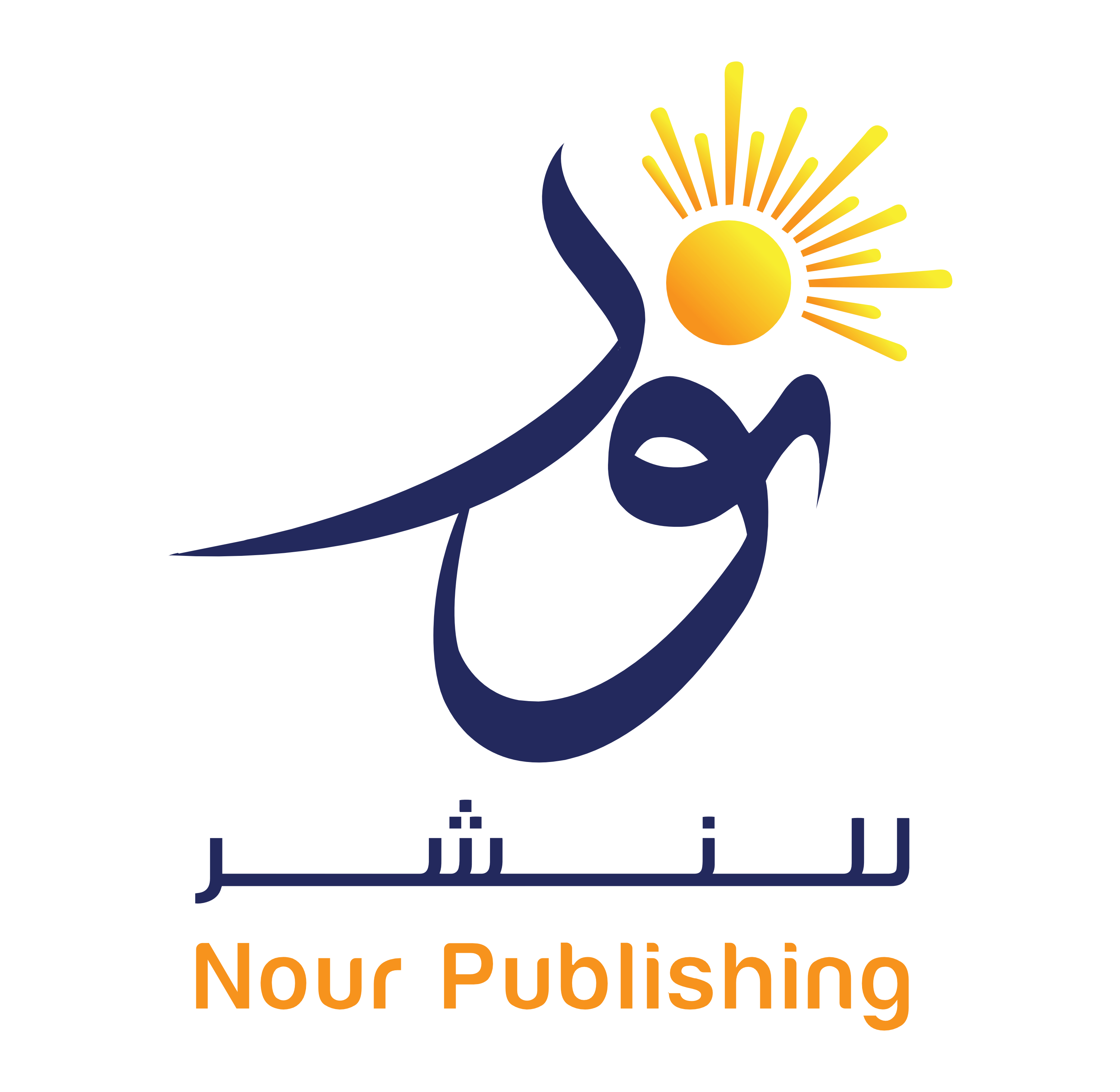Distance Education: Why Not Make Learning More Fun & Flexible
Distance Education: Why Not Make Studying More Flexible
“Nourbooks in Every Child’s Home”
by: Nour Arab
I still remember the day I had to move away from Syria with my family while still enrolled in Damascus University. At that time, I was one year away from obtaining my BA in English literature. But I had no choice except to study my fourth year from overseas. I remember having to wait for the lectures to come by mail, and wishing there was a more accommodating way to have contact with my professors and colleagues.
Looking back in years, despite all difficulties of studying overseas, I managed to be a top graduate in Damascus University and distance did not affect my grades. Today, with all the development in technology, interactive distance language learning has accelerated. This brought me to wonder, if interactive language learning was linked with rapid technology, it’s limitless how much learning methods could develop!
I have always thought that distance education was an early phenomenon linked to the emergence of the internet. To my surprise, it had started in the early forties with the rise of educational radio.
White (2003) elaborates on this idea:
Distance education witnessed 3 generations so far. In the first generation, distance education used print to carry the education content to the learners. The impetus for the second-generation course model came with the incorporation of television into the distance learning environment to supplement print-based sources. The third generation of distance education uses information and communications technology as its basis and it is these developments which have made interactive distance language learning possible” (p.14-15).
I have also learnt that distance education could be either synchronous or
asynchronous. Synchronous involves actual online meeting at a certain time. Whereas, asynchronous courses do not require offices that are fixed in time or space. In this case faculty may benefit from flexibility when offering DE classes. According to Edge and Loegering (2000), “Scheduling conflicts also are reduced by asynchronous DE courses. We commonly have OSU students enroll in the DE version of our courses the same term it is taught “live” because of scheduling conflicts with other classes they want ” (p. 524).
2020 has so far been an exceptional year with its needs for facilitating distance education worldwide for students due to COVID-19 crisis. And there has recently been significant growth in DE due to the benefits of the technological advances that “have increased the ease and flexibility and decreased the cost of delivery of distant programs” (Edge and Loegering, 2000, p. 523).
Thus, in Nour Publishing, we found it crucial to develop a fun and flexible learning atmosphere that could be integrated in children’s language learning through creatively published children stories. So, we launched Nour academy as a way to provide children the opportunity to access stories anywhere in the world, learn about cultures, promote language learning, emotional intelligence through creatively-made ePub books. Through Nour Academy, it is easier for any kid to have a story in their house, learning has become a fun and flexible experience, and we have expanded learning opportunities for those who need it. And who knows what other type of learning methodologies could be awaiting us in the future!
References
Edge, D. W., & Loegering, P. J. (2000). Distance education: Expanding learning
opportunities. Wildlife Society Bulletin, 28(3), 522-533. Retrieved from http://www.jstor.org/stable/3783598
Edvardsson, R. I, & Gudmundur, K. O. (2008). Distance education and academic
achievement in business administration: The case of the University of Akureyri. International Review of Research in Open and Distance Learning, 9(3), 1-12. Retrieved from http://www.eric.ed.gov/ERICDocs/data/ ericdocs2sql/content_storage_01/0000019b/80/41/9e/22.pdf http://swww.eric.ed.gov/ERICDocs/data/ericdocs2sql/content_storage_01/0000019b/80/41/9e/22.pdf
White, C. (2003). Language learning in distance education. Cambridge: Cambridge
University Press.





